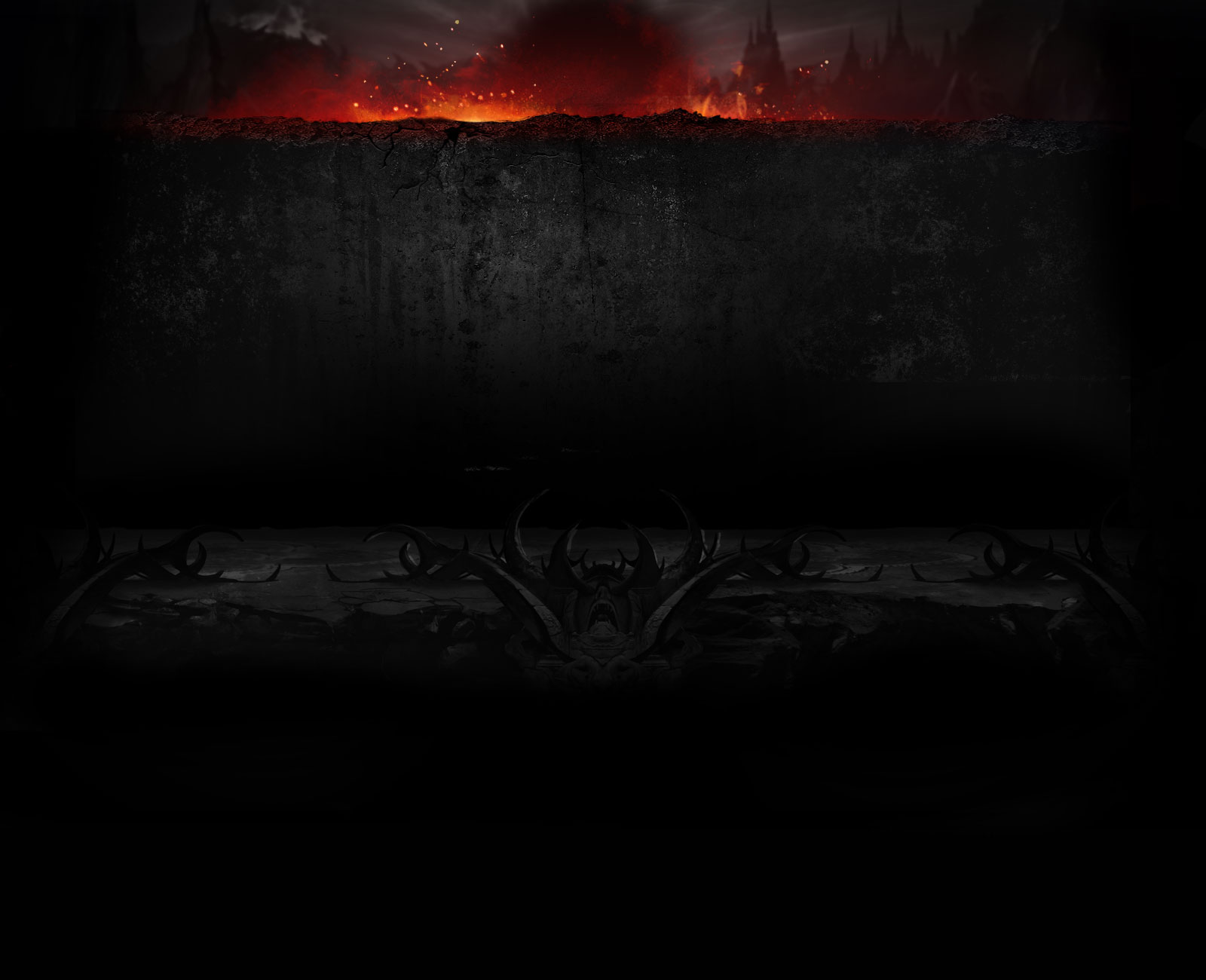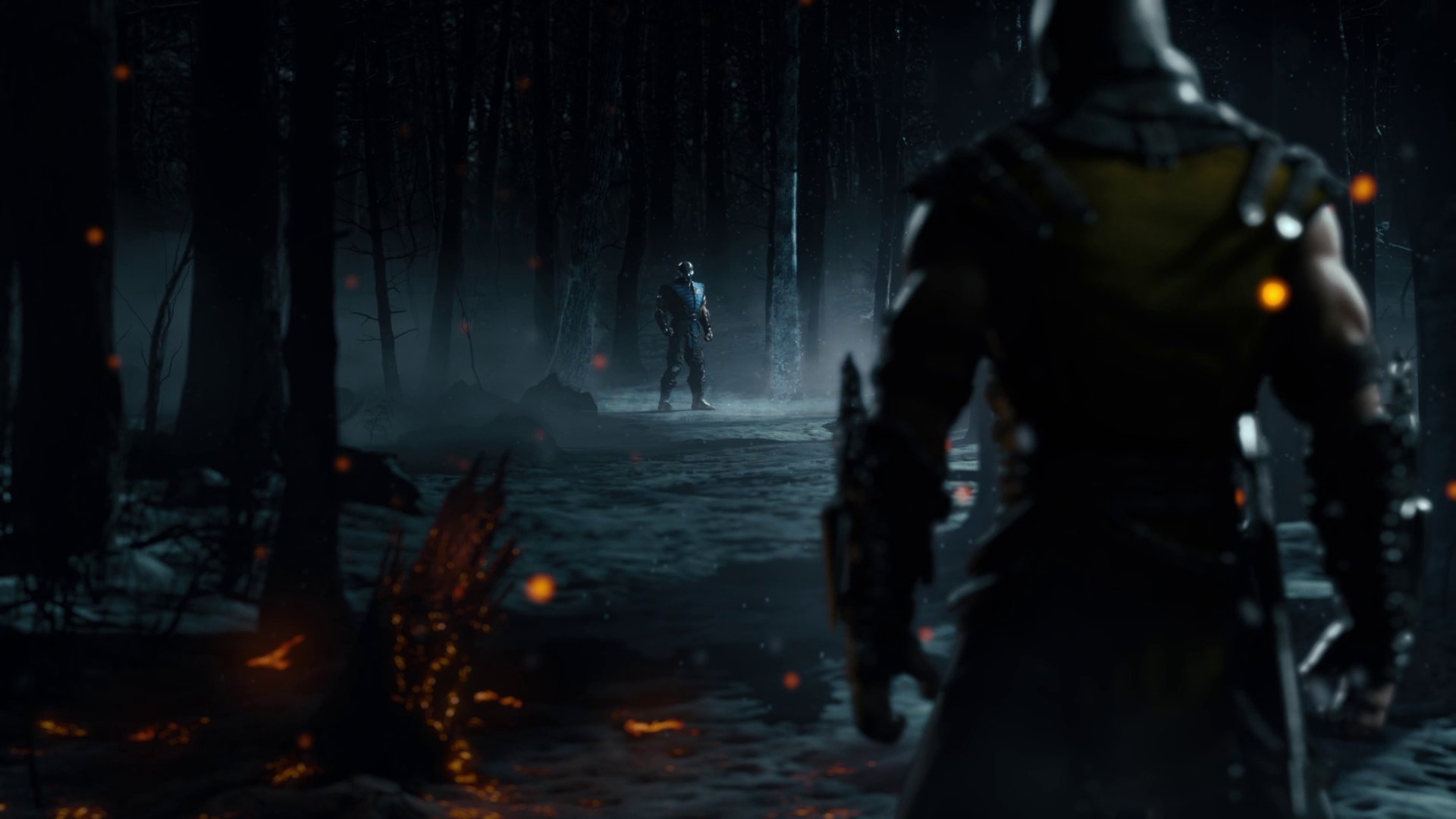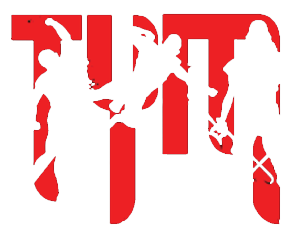ELC
Scrublord McGee
First, my definition for a clock based on Magic: the Gathering
-The number of turns before a reliable, recurring threat kills you.
What does this have to do with a fighter, especially one like MK9? Well, replace "turns" with "combos" and "reliable, recurring threat" with "an opponent competent with combos", and you can apply the definition to any fighter.
Now, on to the meat and potatoes: There seems to be an overwhelming need for players to always go for max damage, regardless of frame advantage, meter, or positioning. While this mentality can be beneficial and even necessary depending on the context, it can also be detrimental.
An example, with my main, Scorpion: he has a 40% BnB off a ji.P that can score a knockdown at full, mid, and close range, a 35% BnB off of a ji.P that opens up opportunities for a reset, and a 36% BnB off of a ji.P that builds a bit more meter and still score a knockdown at full, mid, and close range. Clearly, the 40% BnB would win out in damage, but all three have a three-combo clock. Thus, it would be more beneficial to use the 35% or 36% BnB (depending on the situation).
EDIT: Moving on.
But what about chip damage, or combos that use meter? Hell, what about X-Rays?
Well, there is another term in Magic: the Gathering for that: reach
- A reliable, non-recurring threat that can decrease the number of turns you can survive a clock.
By "reliable, non-recurring threat", assume that I mean chip damage, the extra damage from a combo with meter, and the extra damage from a naked X-Ray or X-Ray combo.
An example, Quan Chi can get 39% from Rune Trap and about 29% damage meterless BnB (according to my limited knowledge of Quan Chi). Thus, Rune Trap provides enough reach to make a four-combo clock into a three-combo clock and possibly a two-combo clock provided additional reach from chip damage (3%).
-The number of turns before a reliable, recurring threat kills you.
What does this have to do with a fighter, especially one like MK9? Well, replace "turns" with "combos" and "reliable, recurring threat" with "an opponent competent with combos", and you can apply the definition to any fighter.
Now, on to the meat and potatoes: There seems to be an overwhelming need for players to always go for max damage, regardless of frame advantage, meter, or positioning. While this mentality can be beneficial and even necessary depending on the context, it can also be detrimental.
An example, with my main, Scorpion: he has a 40% BnB off a ji.P that can score a knockdown at full, mid, and close range, a 35% BnB off of a ji.P that opens up opportunities for a reset, and a 36% BnB off of a ji.P that builds a bit more meter and still score a knockdown at full, mid, and close range. Clearly, the 40% BnB would win out in damage, but all three have a three-combo clock. Thus, it would be more beneficial to use the 35% or 36% BnB (depending on the situation).
EDIT: Moving on.
But what about chip damage, or combos that use meter? Hell, what about X-Rays?
Well, there is another term in Magic: the Gathering for that: reach
- A reliable, non-recurring threat that can decrease the number of turns you can survive a clock.
By "reliable, non-recurring threat", assume that I mean chip damage, the extra damage from a combo with meter, and the extra damage from a naked X-Ray or X-Ray combo.
An example, Quan Chi can get 39% from Rune Trap and about 29% damage meterless BnB (according to my limited knowledge of Quan Chi). Thus, Rune Trap provides enough reach to make a four-combo clock into a three-combo clock and possibly a two-combo clock provided additional reach from chip damage (3%).







